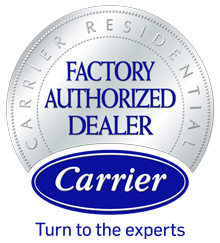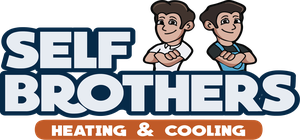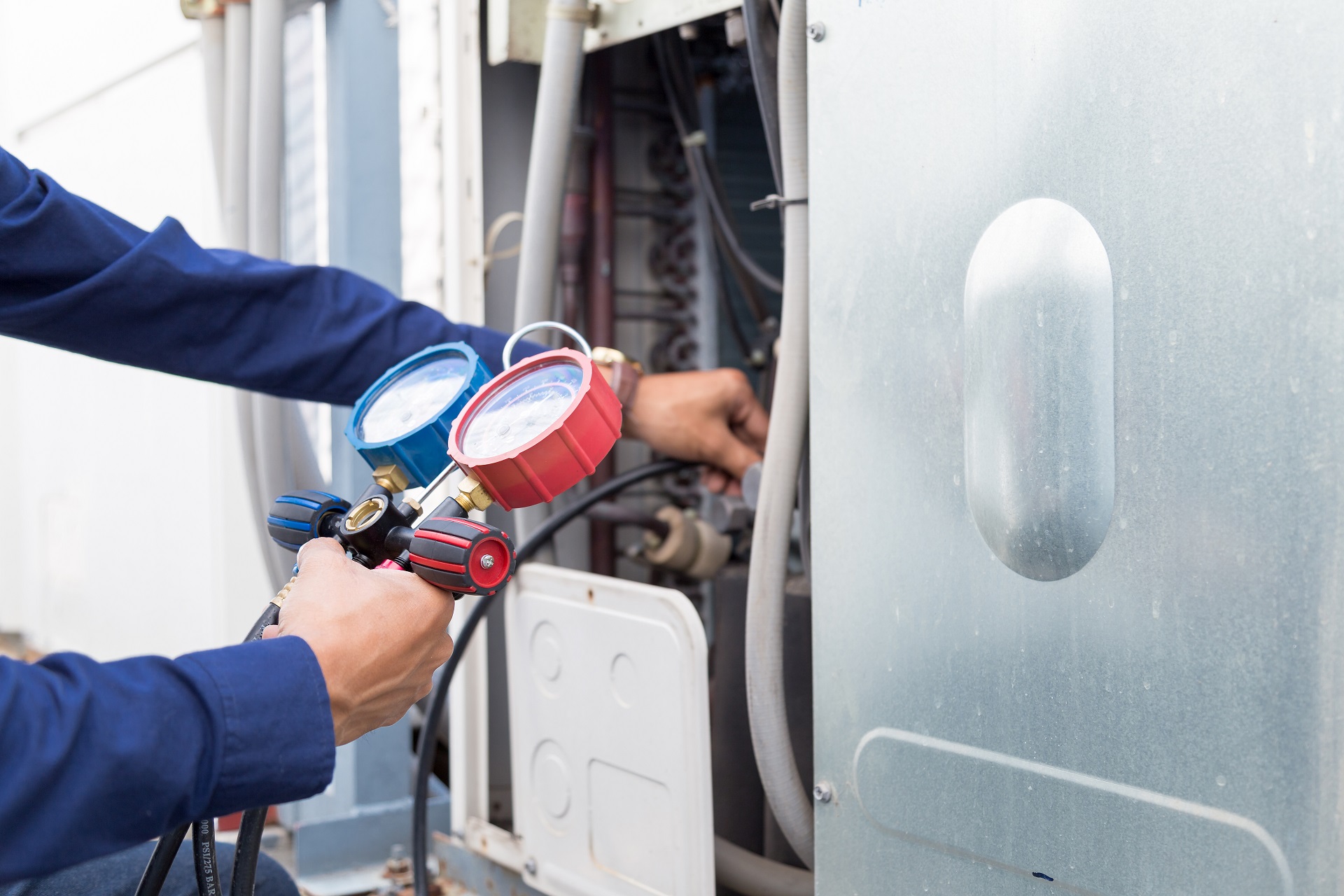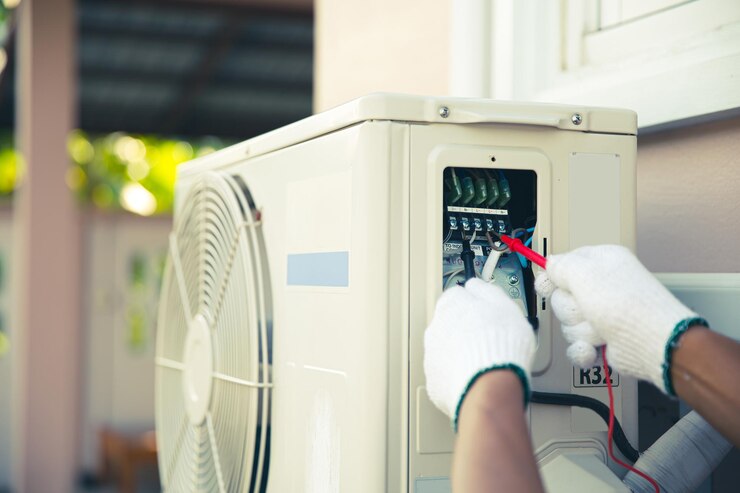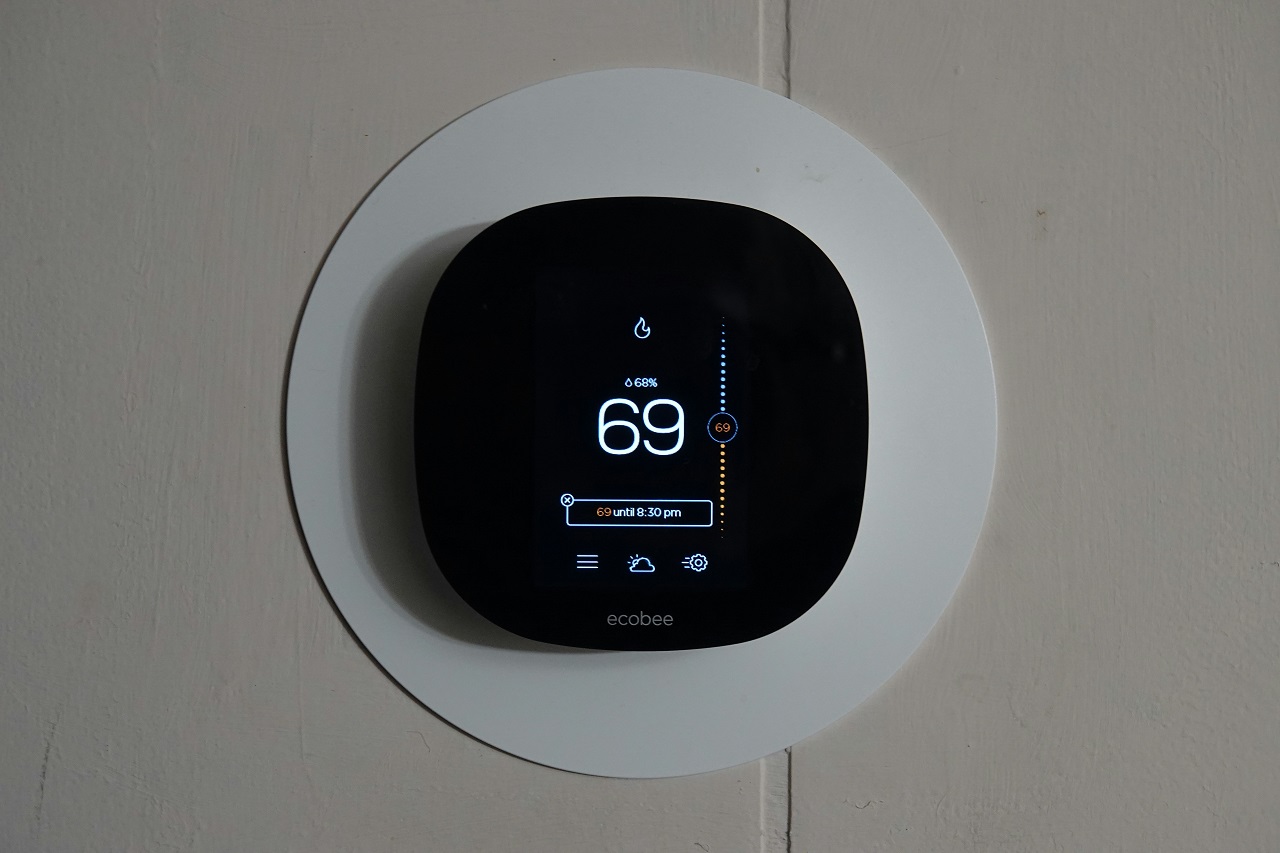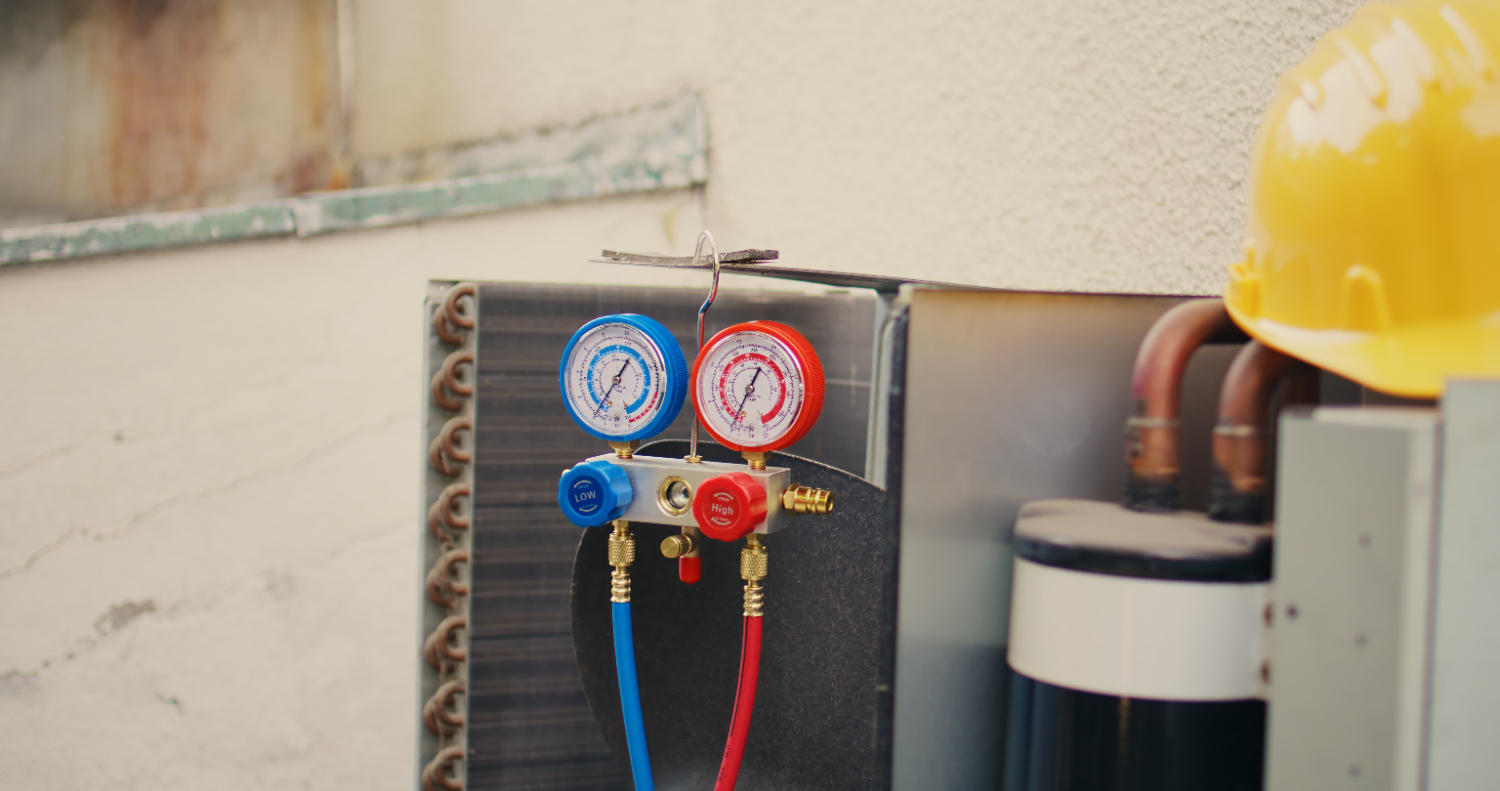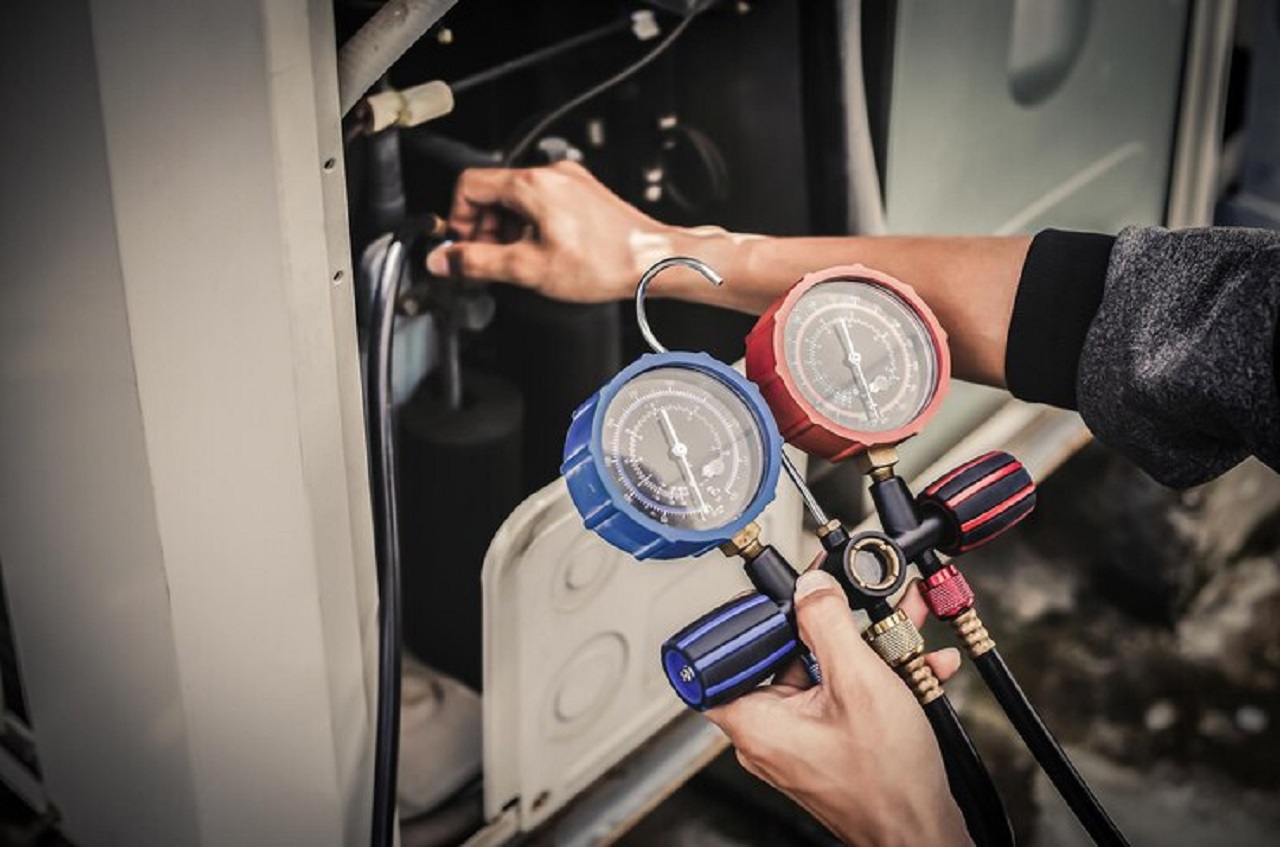In Smyrna, maintaining a home that's cozy in the winter months and cool during the summer heat often relies heavily on the efficiency of a well-functioning heat pump. These systems are essential for residents, offering an energy-efficient solution to managing indoor comfort year-round. However, like any mechanical system, heat pumps can encounter issues over time, leading homeowners to face the common dilemma of whether to repair or replace their units.
As the climate in Marietta shifts with the seasons, maintaining a comfortable home environment becomes a priority for residents. Many homeowners rely on HVAC systems to regulate their household temperatures. However, as technology advances, so do opportunities to improve home systems. One of the most efficient ways to upgrade your home's climate control is by transitioning from an old HVAC unit to a modern heat pump. The switch provides an array of benefits, including enhanced comfort and a positive impact on the environment.
Integrating smart thermostats with new AC systems is becoming the norm for homeowners looking to optimize their home's climate control. These modern devices offer a level of precision and convenience that traditional thermostats simply can't match. With the ability to finely tune your home's temperature settings, smart thermostats help maintain a comfortable living environment while potentially reducing energy costs. This advancement is particularly appealing to homeowners in Woodstock, where weather conditions can vary, making efficient climate management essential.
Maintaining a well-functioning HVAC system is crucial for homeowners in Smyrna who wish to keep their living spaces comfortable and energy-efficient. A key part of this maintenance involves being alert to potential refrigerant leaks, which can often go unnoticed until they cause significant problems. Identifying these leaks early can save you from costly repairs and improve the overall efficiency of your HVAC system. Refrigerant leaks can disrupt the cooling performance of your system and increase your energy bills. It's important to know the signs of such leaks so they can be addressed promptly by our professionals.


